NL: Precision animal nutrition is the next step in animal farming. When you provide a personalized diet for the herd, the benefits can be numerous.
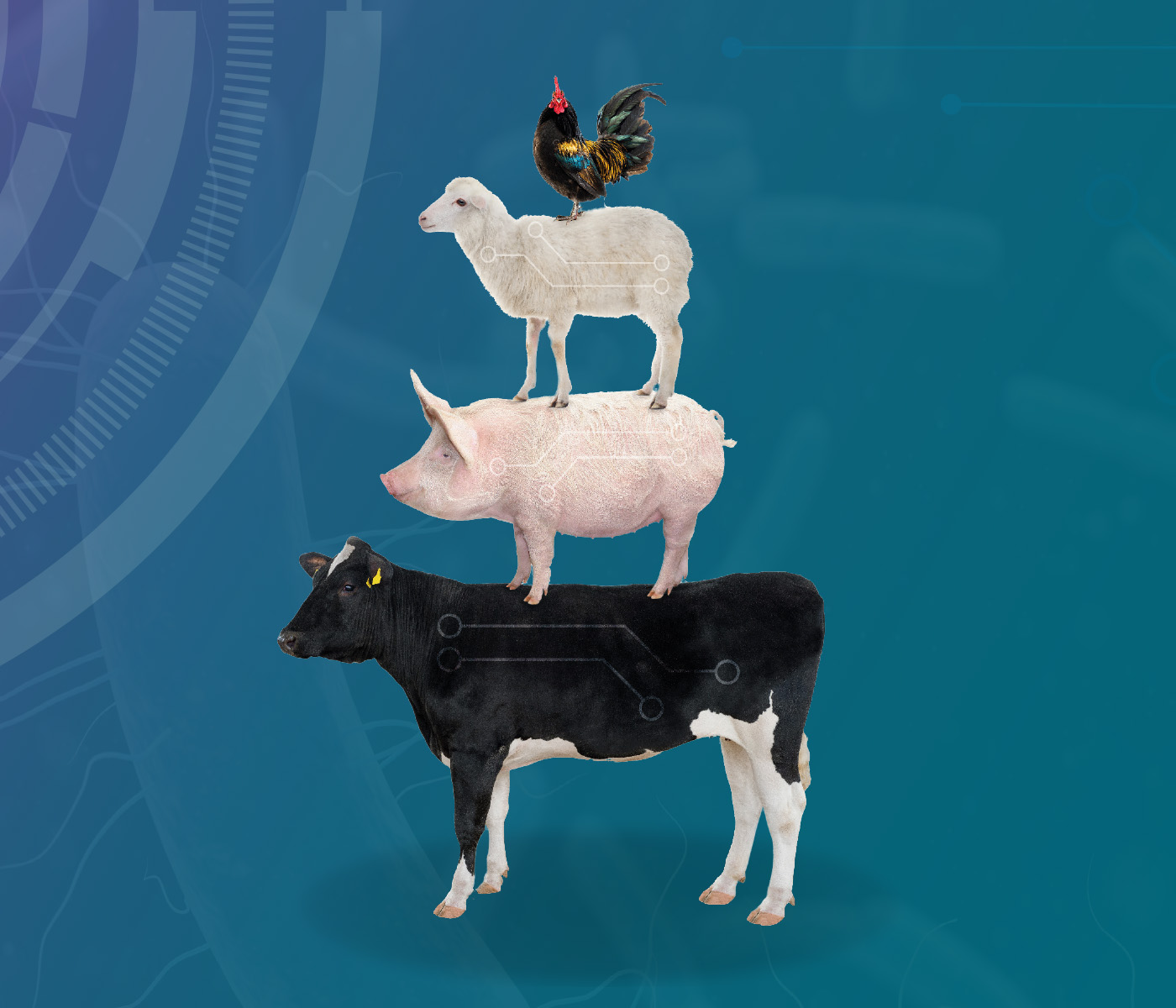 04 Jul 2023
04 Jul 2023
The microbiome as a transforming tool in animal nutrition
“The study of the microbiome as a transforming tool in animal nutrition.” It is with this phrase that we open and conclude the interview in this edition. To explain to us how the study of the microbiota and artificial intelligence can transform animal nutrition, we have Natanael Leitão, a biologist and a doctor in genetics, who explains how digital and cellular transformations in animals will enable us to efficiently meet the increasing demand for food, which is expected to grow by 50% in the next 30 years.
| “To provide some context, when we talk about the microbiota, we are referring to the population of microorganisms that coexist harmoniously on the skin and inside the digestive system of animals. For every cell that an animal has, there are approximately 1-3 bacterial cells in its body.”” |
 After food is consumed by an animal,the nutrients initially interact with the bacteria existing in the intestine before reaching the intestinal cells.
After food is consumed by an animal,the nutrients initially interact with the bacteria existing in the intestine before reaching the intestinal cells.
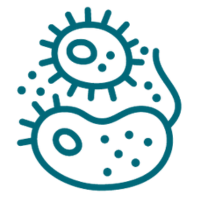 Bacteria play a role in the digestion and absorption of these nutrients. Understanding the gut microbiota can help formulate more precise diets, improve digestive efficiency, and optimize animal growth.
Bacteria play a role in the digestion and absorption of these nutrients. Understanding the gut microbiota can help formulate more precise diets, improve digestive efficiency, and optimize animal growth.
 What advantages do both the animals and the producer experience when feed manufacturing is tailored to each animal and based on herd results?
What advantages do both the animals and the producer experience when feed manufacturing is tailored to each animal and based on herd results?
NL: Precision animal nutrition is the next step in animal farming. When you provide a personalized diet for the herd, the benefits can be numerous.
 In the animal, it generates improvements in the immune system, intestinal health, and promotes breeding within desirable welfare and growth parameters.
In the animal, it generates improvements in the immune system, intestinal health, and promotes breeding within desirable welfare and growth parameters.
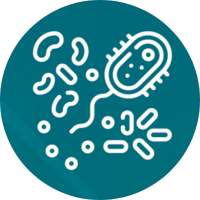 The producer benefits from a reduction in biosecurity concerns, such as the incidence of Salmonella spp. or Clostridium spp., along with lower expenses on medication and additives. Additionally, feed efficiency is enhanced.
The producer benefits from a reduction in biosecurity concerns, such as the incidence of Salmonella spp. or Clostridium spp., along with lower expenses on medication and additives. Additionally, feed efficiency is enhanced.
We must remember that feed accounts for 70% of farming costs, so any gains achieved through diet optimization have a direct impact on the producer’s profitability.
Taking into account food production and farming costs, there is a link to sustainability, which is currently being widely promoted through ESG (Environmental, Social, and Governance) indicators. The challenges posed by production impacts and waste generation need to be addressed. However, AI also plays a significant role in enhancing ESG indicators.
I will center my attention on the sustainability aspect of ESG, which directly affects the practice of animal farming.
|
|
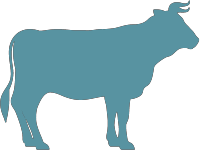 AI can assist us not only in developing diets to eliminate the reliance on antibiotics in poultry farming or mitigate methane emissions in cattle but also in fostering an integrated management of these sustainability aspects.
AI can assist us not only in developing diets to eliminate the reliance on antibiotics in poultry farming or mitigate methane emissions in cattle but also in fostering an integrated management of these sustainability aspects.
By utilizing an AI tool, it will become feasible to precisely calculate the carbon footprint of every production unit. This will enable producers to offset emissions in proportion or obtain credits generated by the animals that they own.
![]() It will play a crucial role in identifying underperforming producers and providing recognition to those who excel in their work.
It will play a crucial role in identifying underperforming producers and providing recognition to those who excel in their work.
How can biotechnological tools contribute to enhancing the efficiency of animal nutrition? Are there any species that present greater complexity in this context?
Biotechnology holds an edge over other tools as it enables us to directly “listen” to the animals, providing valuable insights.
 What I am referring to is that barn monitoring systems utilizing sensors provide indirect data on animal husbandry. In simpler terms, we become aware of an animal’s illness or need for care only when it begins exhibiting clinical signs.
What I am referring to is that barn monitoring systems utilizing sensors provide indirect data on animal husbandry. In simpler terms, we become aware of an animal’s illness or need for care only when it begins exhibiting clinical signs.
With biotechnology, you can take preventive actions because biological analyses are highly sensitive and can provide subclinical information, i.e., before the animal exhibits clinical signs.
![]() For example, the absence of specific bacteria in the gut microbiota can indicate a deficiency of vitamins or fibers in the diet.
For example, the absence of specific bacteria in the gut microbiota can indicate a deficiency of vitamins or fibers in the diet.
While various tools and the study of all species in production are available, certain species, such as ruminants, pose additional complexity.
|
“Ruminants exhibit increased complexity due to the presence of the rumen. Hence, as a result of the vital contribution by ruminal bacteria in the initial digestive process, there is a notable distinction between the feed initially ingested by the animal and what eventually reaches the intestine. However, this complexity also hold a huge potential for tackling nutrition and sustainability-related issues.” |
In what ways can AI contribute to addressing the primary concern of production systems, which is to meet the rising global food demands by increasing food production by 50%?
 Artificial intelligence will be a great ally in animal production because it deals with complex systems better than human intelligence.
Artificial intelligence will be a great ally in animal production because it deals with complex systems better than human intelligence.
The more information we provide to the algorithms, the easier it will be to determine factors that can improve or worsen animal performance.
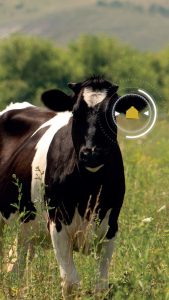 Let me give you a practical example: Have you heard of digital twin technology?
Let me give you a practical example: Have you heard of digital twin technology?
This technology allows AI to simulate a poultry farm within a computer.
Here’s how it works: The producer provides data from the production unit, such as location, time of year, breed of animals, diet, age, sex, and other information. Then, we create a virtual farm for them.
Within this digital farm simulation, it is possible to replicate variations in the diet, utilization of additives or vaccines, and forecast the potential effects these modifications may have on the flock’s finishing.
 At Ylive, we are actively developing this capability. Artificial intelligence will revolutionize the industry by allowing the testing of new products without requiring any alterations to the diet or management practices.
At Ylive, we are actively developing this capability. Artificial intelligence will revolutionize the industry by allowing the testing of new products without requiring any alterations to the diet or management practices.
 With the emergence of these technologies, there is a common thought among consultants and agricultural professionals about incorporating technology into the field, potentially replacing human labor with digital solutions. However, for Natanael, this issue is very natural, and such substitution is not likely to happen.
With the emergence of these technologies, there is a common thought among consultants and agricultural professionals about incorporating technology into the field, potentially replacing human labor with digital solutions. However, for Natanael, this issue is very natural, and such substitution is not likely to happen.
Our society is currently experiencing a technological revolution, reminiscent of the industrial revolutions of the past. It is only natural for industries and producers to prioritize technology due to its ability to enhance efficiency and precision in production processes.

However, consultants need not be concerned as technology is not intended to replace them but rather to enhance their work efficiency.
Consultants will transition into technology operators, utilizing a range of technological packages to facilitate decision-making for each client. These tools will enable personalized farm management and provide a means to evaluate the effectiveness of recommended measures.
Consequently, they will have access to data that empowers them to make informed decisions and effectively communicate the rationale behind their recommendations to clients. Ultimately, this mutually beneficial approach benefits all stakeholders involved.
Finally, we delved into Natanael’s perspective on the future of animal nutrition. We inquired about the significant transformation that animal production will experience in the upcoming years, shaping our perception of production practices.
Over the past 50 years production has expanded through the utilization of genetic selection, diet optimization, and effective management practices.
 However, decision-making has predominantly relied on empirical evidence. Producers often base their choices on the practices adopted by neighboring farms, rather than considering the specific needs of their animals.
However, decision-making has predominantly relied on empirical evidence. Producers often base their choices on the practices adopted by neighboring farms, rather than considering the specific needs of their animals.
 Consequently, additives that are successful in the southern region of Brazil may be recommended in the Northeast, despite the contrasting conditions related to animal nutrition, environmental factors, and management practices. This approach is poised to undergo a significant transformation.
Consequently, additives that are successful in the southern region of Brazil may be recommended in the Northeast, despite the contrasting conditions related to animal nutrition, environmental factors, and management practices. This approach is poised to undergo a significant transformation.
In the upcoming years, we can expect a substantial impact from intensive digitization and enhanced production efficiency. As you rightly mentioned, the demand for food is projected to increase by 50%, but the price of meat is not expected to rise proportionally.
There will no longer be room for empirical approaches.
| Looking ahead, we can anticipate the widespread viability of biosensors in the medium term, enabling real-time monitoring across the entire animal population. This technological advancement will revolutionize the way we gather and utilize data in animal production. |
The approach to supplementation will also undergo a transformation. Instead of relying on numerous additives in animal diets and constantly changing suppliers to address various issues, a new paradigm will emerge. Animals will be equipped with genetically modified bacteria in their intestines, capable of producing a wide range of additives. By utilizing sensors to assess the animals’ needs, the producer will have the ability to selectively activate or deactivate these bacteria, ensuring precise and targeted supplementation as required.
Numerous potential futures lie ahead, and each of them will be shaped by technology.
You may also like to read: “Enhancing the gut microbiome of animals while ensuring food quality and safety”
Source: This interview was originally conducted in portuguese by nutriNews Brasil.
Subscribe now to the technical magazine of animal nutrition
AUTHORS

Nutritional Interventions to Improve Fertility in Male Broiler Breeders
Edgar Oviedo
The Use of Organic Acids in Poultry: A Natural Path to Health and Productivity
M. Naeem
Synergistic Benefits of Prebiotics and Probiotics in Poultry, Swine, and Cattle
Gustavo Adolfo Quintana-Ospina
Hybrid Rye Potential in Laying Hen Feed Rations
Gwendolyn Jones
A day in the life of phosphorus in pigs: Part I
Rafael Duran Giménez-Rico
Use of enzymes in diets for ruminants
Braulio de la Calle Campos
Minerals and Hoof Health in the Pregnant Sow
Juan Gabriel Espino
Impact of Oxidized Fats on Swine Reproduction and Offspring
Maria Alejandra Perez Alvarado